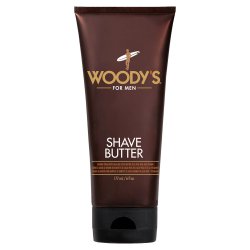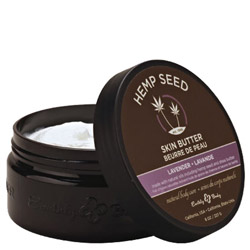2024 (8)
Ingredient: Shea Butter
Shea Butter is usually ivory in color when raw, with the more processed versions being white in color. It can be yellow when borututu root, turmeric or dyes are added to it. It is widely used in cosmetics as a moisturizer, salve or lotion. Shea butter is also used by soap makers and massage oil manufacturers, typically in small amounts, and higher amounts result in softer soaps that have less cleaning abilities. Some artisan soap makers use shea butter in amounts up to 25% - with the European Union regulating the maximum use around 28%. That is rarely the case in commercially produced soap due to its high cost compared to oils like palm oil or pomace (olive oil). Shea butter is an excellent emollient for dry skin, it alleviates the pain associated with tightness and itching.
Shea butter comes from the shea tree (Sapotaceae Vitellaria Pradaxa). These trees are only found in the African Sahel, the semiarid region south of the Sahara Desert. They live between 150 and 200 years. It grows to a height of 15 to 25 meters. The nut they produce is almost 50% fat. These fatty acids include oleic acid, stearic acid, linoleic acid, and palmitic acid.
The tree is popularly known as the 'karite' tree in French. In Ghana, it is known as 'nku'; in Sudan, it is called 'lulu'. In Nigeria, the Hausas call it 'mankade' while the Ibos ethnic group calls it 'okwuma' and the Yorubas 'igi-emi'. In Uganda, the Acholi and Lango ethnic groups call it 'yaa' and 'yao' respectively while the Iteso and Madi ethnic groups call it 'ekuguru' and 'awa', respectively.
In African countries, shea butter is used as a waterproofing wax, making candles, to increase the durability of wooden musical instruments, as an ointment for pain relief and as a cooking oil. In the United Kingdom, it is incorporated into many tissue products like toilet paper.

 write a review
write a review

 write a review
write a review
